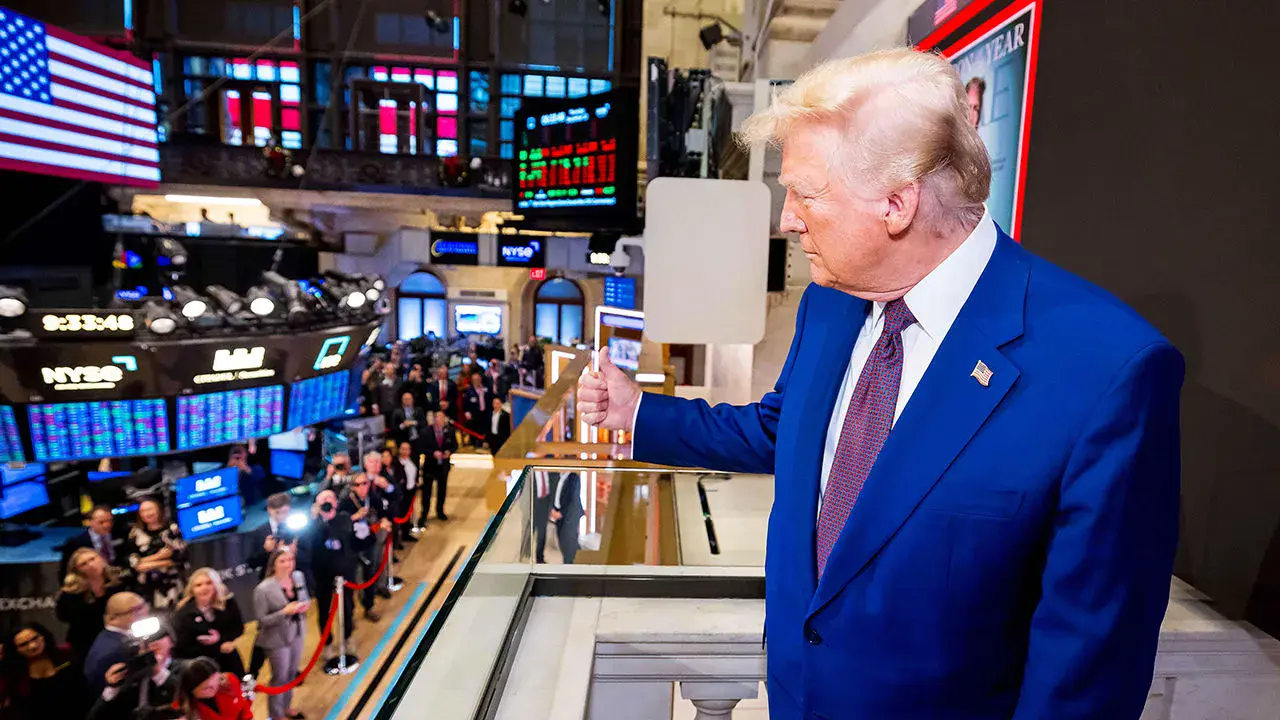Decoding the Downturn: An Analysis of the US Stock Market Fall
Introduction: The Fragile Pulse of the Market
The US stock market, often hailed as the heartbeat of global finance, has recently exhibited erratic behavior, shedding trillions in value within days. These dramatic fluctuations are not mere blips on the radar but symptoms of a complex ecosystem where politics, technology, and economics collide. To understand these downturns, we must dissect the interplay of forces that drive market volatility, from presidential policies to AI-driven disruptions.
The Trump Era: A Double-Edged Sword
Donald Trump’s presidency was a rollercoaster for investors, marked by bold policies that swung between stimulus and shock. His tariffs, designed to protect American industries, often backfired, sparking trade wars that rattled markets. The imposition of new tariffs, for instance, triggered a $4 trillion sell-off, as investors feared retaliatory measures and economic slowdowns. These policies highlighted the delicate balance between protectionism and market stability.
Beyond trade, personnel decisions within the administration also sent shockwaves through the market. The firing of a top statistician over a disputed jobs report, for example, coincided with a $1.1 trillion market loss. This incident underscored the importance of credible data in maintaining investor confidence. When trust in government institutions wavers, so too does the market’s resilience.
The DeepSeek AI App: A Tech Sector Earthquake
The emergence of China’s DeepSeek AI app in 2024 demonstrated the fragility of the tech sector, which has become a cornerstone of the US stock market. The app’s potential to disrupt the dominance of US tech giants like Nvidia sparked a panic sell-off, erasing over $1 trillion in market capitalization. This event was a stark reminder of the global interconnectedness of markets and the vulnerability of tech stocks to geopolitical and technological shifts.
The reaction to DeepSeek AI also highlighted the need for responsible innovation and regulation. As AI continues to evolve, companies and governments must navigate its challenges to prevent market disruptions. The tech sector’s concentration risk became evident when the Magnificent Seven—Apple, Microsoft, Amazon, Alphabet, Nvidia, Tesla, and Meta—accounted for over $750 billion of a $1.1 trillion market loss in a single session. This concentration underscores the market’s reliance on a few key players, making it susceptible to their performance.
Macroeconomic Factors: The Invisible Hand
Beyond specific events, broader macroeconomic factors and external shocks play a pivotal role in market volatility. Interest rate hikes, inflation concerns, and geopolitical instability can create uncertainty, influencing investor sentiment and stock valuations. The Federal Reserve’s decisions, for instance, can significantly impact borrowing costs and market liquidity, affecting stock prices.
External shocks, such as geopolitical conflicts or natural disasters, can also disrupt market stability. However, data from 2024 shows that portfolio flows have remained stable despite these shocks, thanks to robust economic policies and regulatory frameworks. This resilience emphasizes the importance of sound governance in mitigating market risks.
Investor Sentiment: The Emotional Rollercoaster
Investor sentiment and market psychology are powerful forces that can amplify market swings. Fear and greed drive herd behavior, leading to both booms and busts. During market downturns, panic selling can exacerbate losses, while excessive optimism can inflate asset bubbles. Understanding these psychological factors is crucial for navigating market volatility.
Investors must avoid emotional reactions and instead rely on disciplined strategies. Diversification, long-term planning, and sound analysis can help mitigate risks and capitalize on opportunities. The rise of Bitcoin and other cryptocurrencies, for instance, introduces a new dynamic to the financial landscape. While not directly correlated with the stock market, Bitcoin’s increasing acceptance as an alternative asset class could influence investor behavior and capital flows.
Conclusion: Charting a Course Through Turbulence
The US stock market’s recent downturns are a testament to the intricate web of factors that drive financial markets. From presidential policies to AI disruptions, macroeconomic trends to investor psychology, each element plays a role in shaping market volatility. As investors navigate these uncertainties, they must adopt a long-term perspective, diversify their portfolios, and avoid impulsive decisions.
By understanding the underlying drivers of market movements and staying informed about the evolving economic landscape, investors can weather the storms and capitalize on opportunities. The key lies in maintaining a disciplined approach, balancing risk and reward, and recognizing that market downturns are not just challenges but also opportunities for growth and resilience. In the ever-changing world of finance, adaptability and informed decision-making are the compasses that guide investors through the turbulence.

